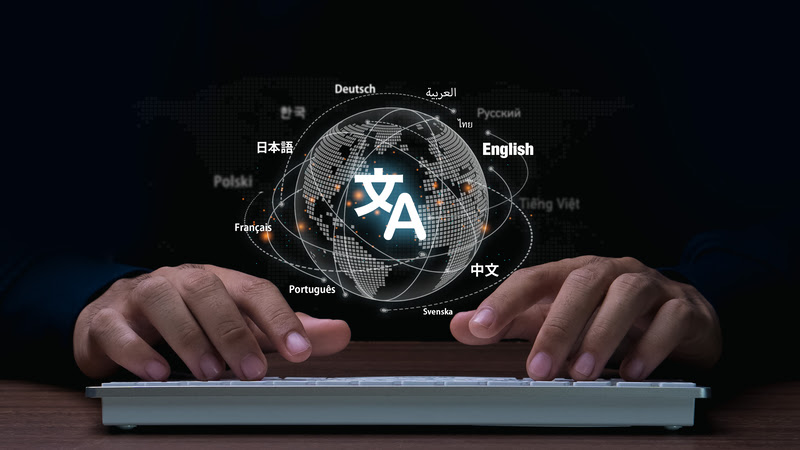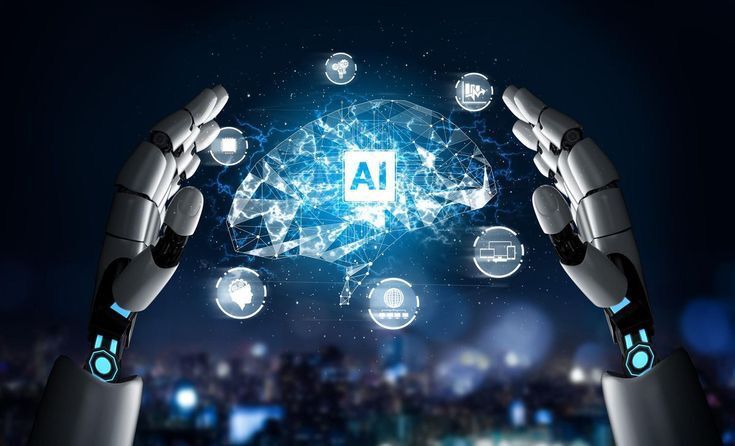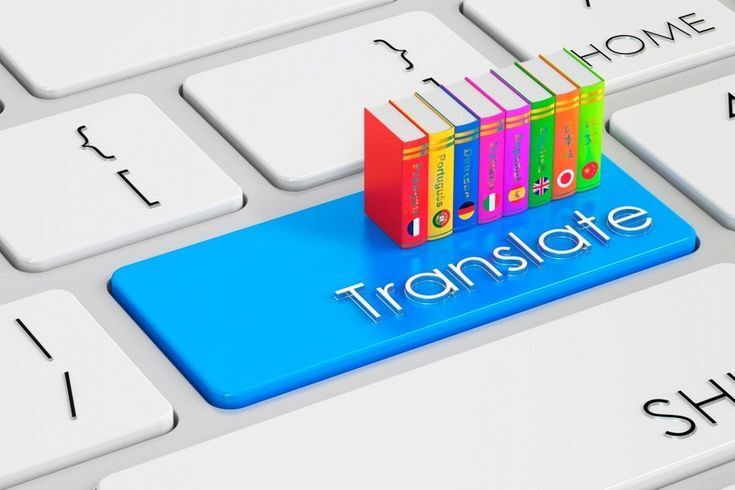Subtotal: $4398.00

The Role of AI in the Future of Translation Services!
As our world becomes increasingly interconnected, the demand for fast, accurate, and accessible translation services is growing. In this digital age, artificial intelligence (AI) is playing a pivotal role in transforming how we break down language barriers. AI-powered translation tools are revolutionizing industries by making communication across different languages faster, more affordable, and increasingly precise.
How AI is Enhancing Translation Services:
Traditionally, translation has been a slow and costly process, relying on human translators who possess deep knowledge of both languages and cultures. While this expertise is invaluable, it often falls short when dealing with the vast amounts of content that need translation today—think e-commerce websites, global marketing campaigns, or real-time customer support.
AI, particularly through Neural Machine Translation (NMT), offers a solution. NMT uses deep learning to analyze and understand entire sentences, providing translations that are more contextually accurate than the old rule-based machine translation systems. As AI models process more data, they continuously improve, delivering better results with each iteration. This results in faster, more efficient translations for businesses, governments, and individuals who need immediate multilingual communication.

Advantages of AI Translation:
One of the main benefits of AI-powered translation tools is their speed. They can translate documents, websites, or even live conversations in seconds. This real-time capability is invaluable in industries like international business, travel, and healthcare, where miscommunication due to language barriers can be costly or dangerous.
AI has also reduced costs for companies. By automating much of the translation process, businesses no longer need to rely solely on human translators for high-volume projects, making it more affordable to operate in multiple languages.
Challenges and the Human Element
However, AI still faces limitations. It struggles with cultural nuances, idiomatic expressions, and emotional tone—areas where human translators excel. The future of translation will likely involve a hybrid model, where AI handles routine, large-scale tasks while humans step in for specialized content that requires deeper understanding.

Conclusion
AI is undeniably shaping the future of translation services, offering a fast, cost-effective solution for many industries. But human translators will continue to play a vital role, ensuring that communication goes beyond mere words and captures the heart of the message.